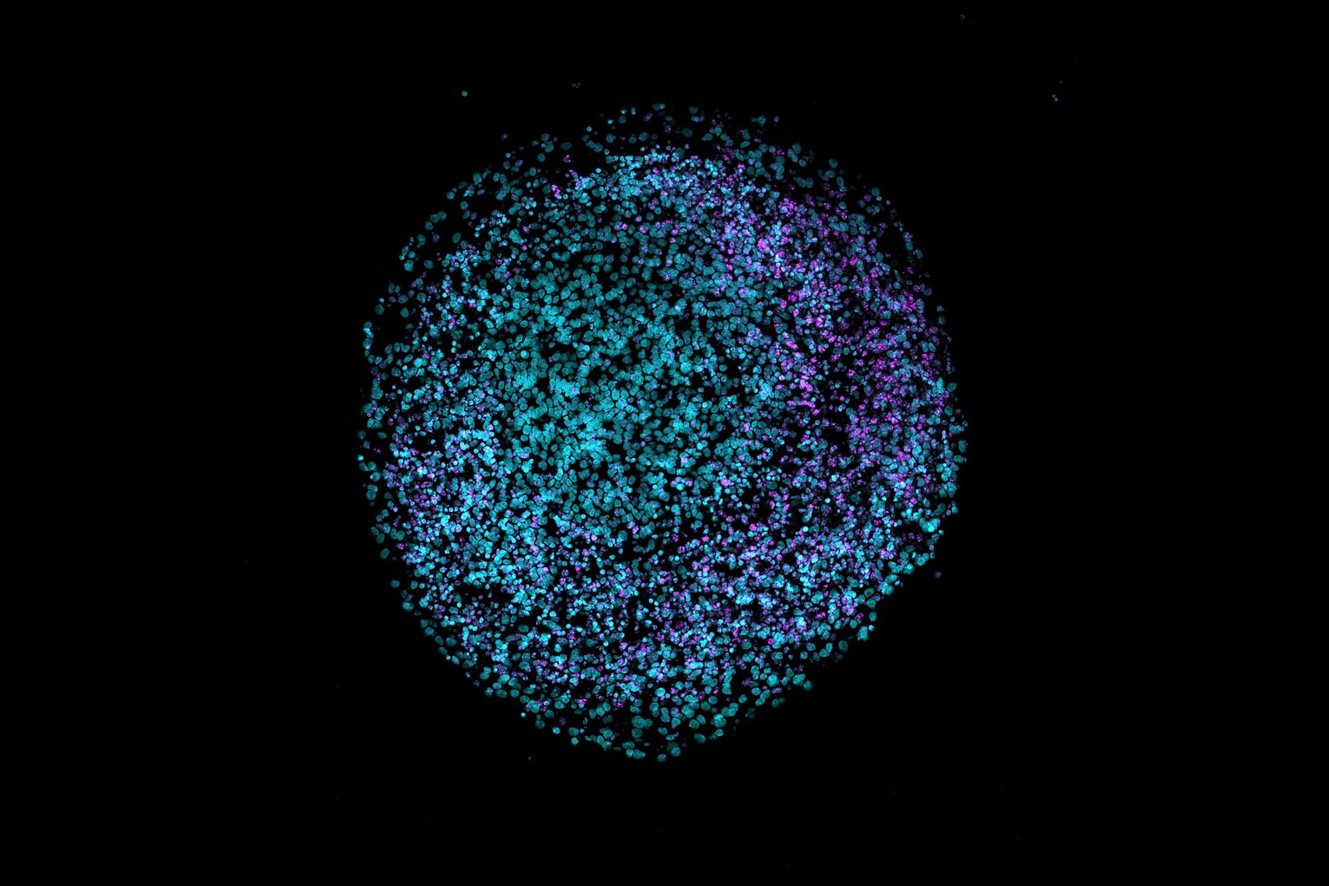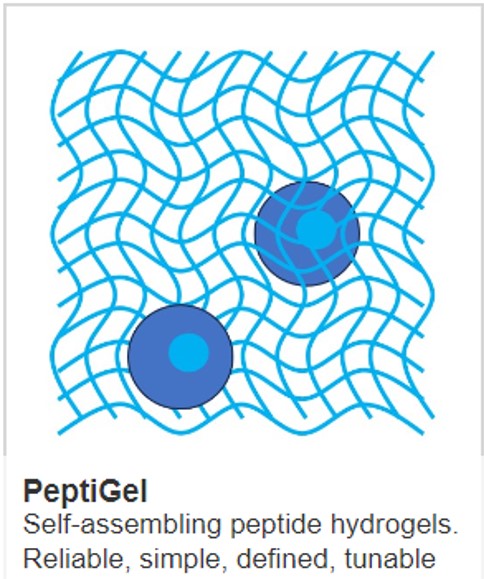Organoids for disease modelling

There has been an increasing move towards the use of 3D cell culture as a means of functional differentiation in recent years. Although 2D cell cultures have been useful in a lot of ways, research has shown that they can differ significantly from in vivo conditions making it difficult to replicate the findings in a clinical setting. This, along with the failure rate and relatively high cost of drug development, has meant there is now an urgent need to find more predictive research models across all fields.
In this article, we are going to look at organoids in the context of infectious diseases and personalised medicine, and explore how they can give us an insight into disease development and drug discovery.
What are organoids?
Harvard Stem Cell Institute defines organoids as “tiny, self-organised three-dimensional tissue cultures that are derived from stem cells.” They can be generated from a variety of cell types, including cell lines, malignant tumours or normal tissue, as well as embryonic stem cells, induced pluripotent stem cells and primary stem cells.
Once organoids have been generated, various combinations of extracellular matrix gels, growth factors and nutrients are used to create an environment for them that is conducive to self-organisation.
Organoids as an insight into drug discovery
There has been a recent shift towards a more personalised approach to medicine, particularly in cancer research, in order to address the ongoing issue of treatments working well for some patients and not for others. This has led to the development of drugs that are targeted at specific mutations, but these drugs are not always successful in treating the tumour with the specific mutation – which has highlighted a knowledge gap in our understanding of tumour responses.
Personalised medicine could become more successful with the use of patient-derived organoids (PDOs) as predictors for individualized tumour treatment responses. This is partly down to their convenient development timeline as they can be grown within weeks from their time of biopsy.
PDO subtypes are also able to be genetically manipulated, a trait that allows researchers to explore the effect of individual genes and entire gene cassettes on other gene interaction functions and expression patterns, as well as study drug effects across a greater variety of genetic environments and disease states.
One of the biggest challenges facing cancer treatment researchers is the challenge of tumour heterogeneity – where tumours evolve to comprise varied cell types with distinct genetic and morphological features. As a result of this, PDOs that have been derived from different locations within the same tumour can show differential responses. This has led to the development of a wide range of organoids, including oral mucosal organoids and pancreatic cancer organoids, to be used for personalised cancer therapy.
Organoids as an insight into disease development
Organoids as an insight into disease development is a relatively new field that is still in development and there are only a few infectious diseases that have been modelled in organoids at the moment. However, organoids are key, for example, to researchers exploring multi-organ dysfunction in patients who have been infected with COVID-19. Organoids are also aiding the development of high-throughput drug screening in this area along with allowing researchers to compare the susceptibility of different species to a certain virus, which will be useful for exploring the infectivity of emerging flu viruses in humans.
The future of organoids in healthcare
As you can see, organoids are expected to play a large role in the future of healthcare on a global scale as they are a key platform for critical studies of disease development and also have the potential to improve personalised medicine. This is due to their inherent benefits including:
- Mimicking tissue more closely
- Mimicking the disease process more
- Creating a better platform for target identification & accelerating drug discovery
- Validating findings & enhancing the translation potential
Which all leads to a better final outcome – safer drugs with more efficacy.
IMAGE Brain organoid CREDIT: Nreis1 CC4.0



